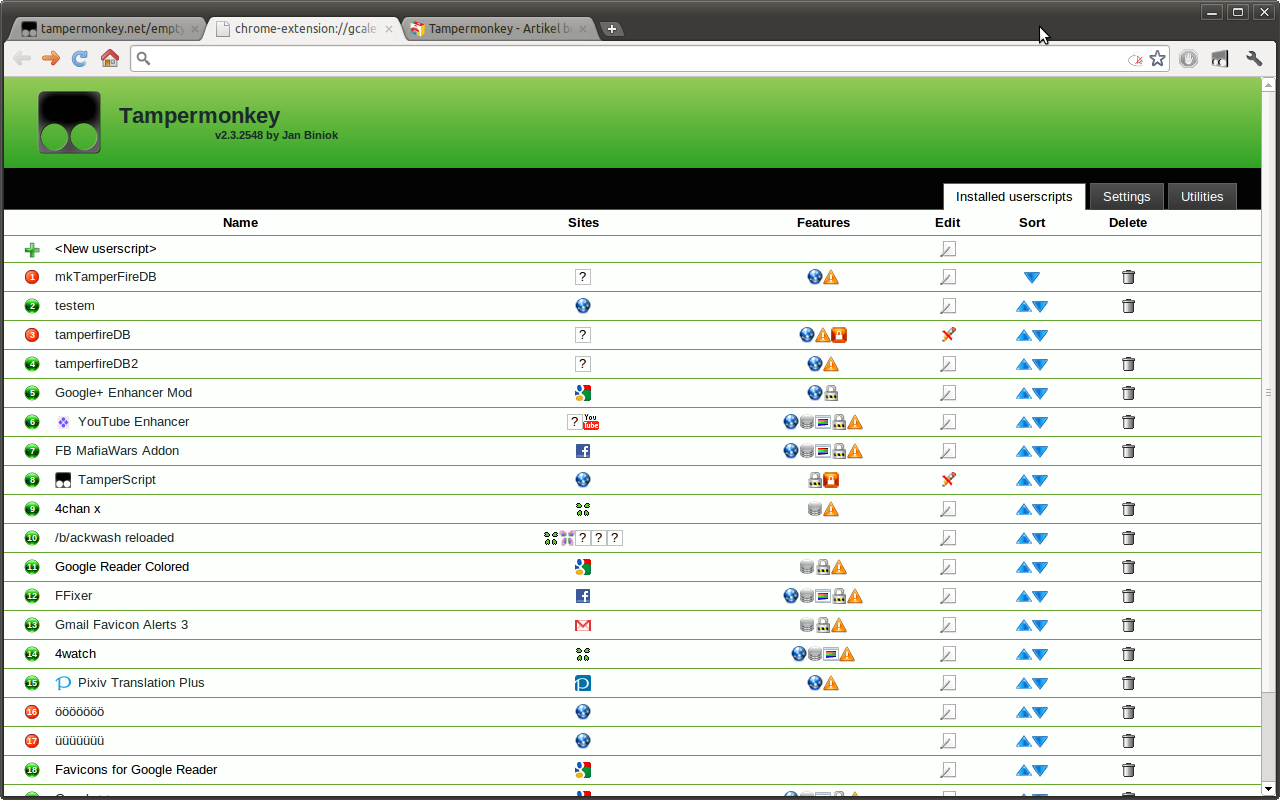

The active tab is now totally disconnected from the active web page and it looks out of place. Overall, vertically, the title bar and address bar now take almost a dozen pixels more than previous Firefox releases, which steals very precious vertical space. The compact density option for the address bar is now gone, and not only that, the title bar is now a lot taller than before. The most substantial redesign, which is being prepared for the next release, called Proton, promises to drive most power users away because it's broken on a number of levels and makes using the browser a very unpleasant experience. Google Chrome and Apple Safari look almost the same as they did a decade ago. Seeing that, someone at Mozilla probably decided that the best way to entice people back is by changing its UI, thus Firefox has already seen quite a huge number of changes despite other major web browsers staying relatively the same in terms of their visuals i.e. Tashkinov writes: Over the past ten years, Firefox market share has decreased substantially and the web browser has lost its appeal and coolness.

#GREASEMONKEY PALE MOON CODE#
Improved code stability of the AbortController implementation.Changed media errors to be a more generic response, and added a preference () to enable detailed error reporting of media errors for debugging purposes.Improved spec compliance of modular JavaScript use (ECMAScript modules).Reinstated precise floating point precision model in JavaScript for those alternate builders who foolishly try to use the inaccurate "fast" model.Added CSS -webkit-appearance as an alias for -moz-appearance to improve compatibility with websites that only try to use Chrome-specific keywords to style standard form elements.Added a preference to the use of node.getRootNode and disabled by default.Implemented the use of intrinsic aspect ratios for images to improve layout during load and page positioning.Fixed an issue with the alternative stylesheet menu in the browser's UI not working.Fixed a missing close button on the undo prompt after removing a thumbnail from the QuickDial new tab page.Rewritten the browser's padlock code to use more modern APIs and provide more accurate security status indication.Updated the included site-specific user-agent overrides for a number of websites that need them.Extensive and growing support for existing web standards.Support for a growing number of Pale Moon exclusive extensions.Increased stability: experience fewer browser crashes.Smooth and speedy page drawing and script processing.Support for easily-created lightweight themes (skins).
#GREASEMONKEY PALE MOON FULL#

It's completely built from its own, independently developed source that has been forked off from Firefox/Mozilla code a number of years ago, and focuses on efficiency and ease of use by carefully selecting features and optimizations to improve the browser's stability and user experience, while offering full customization and a growing collection of extensions and themes to make the browser truly your own.
#GREASEMONKEY PALE MOON WINDOWS#
Pale Moon is an Open Source, Goanna-based web browser available for Microsoft Windows and Linux (with other operating systems in development), focusing on efficiency and customization.


 0 kommentar(er)
0 kommentar(er)
